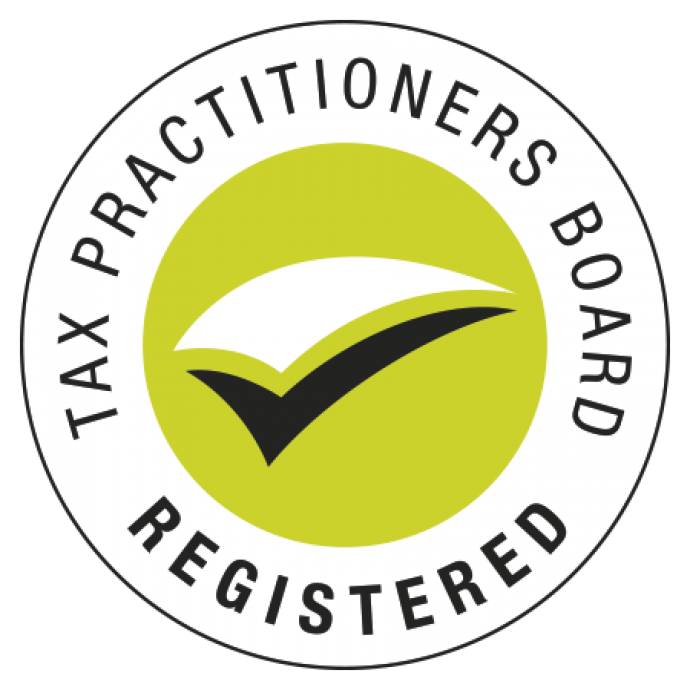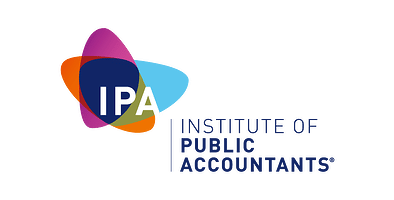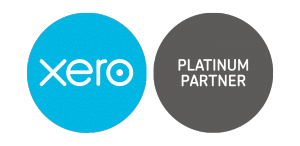Who owns payroll in your organisation? HR? Finance? Operations? Or is it time for payroll to have its own strategic seat at the table?
While it might seem like a structural or administrative detail, where payroll sits within your organisation can have far-reaching implications. From tech adoption and compliance to innovation and cross-functional collaboration, payroll reporting lines directly influence how well your business performs. For HR and Finance leaders, rethinking payroll’s place isn’t just about streamlining processes—it’s about shaping a future-proof workforce strategy.
The Payroll–HR–Finance Connection
Traditionally, payroll has sat under either Finance or HR. Recent data shows that around 52% of organisations report payroll through Finance, while 37% place it within HR. This setup has served its purpose—ensuring employees are paid accurately, taxes are managed, and compliance is met.
But today, payroll is no longer just about numbers and payslips. It’s a core business function that now touches employee engagement, workforce planning, compliance, operational strategy, and emerging tech like AI. Which means those traditional structures may need a rethink.
The Cross-Functional Disconnect
A common challenge in many organisations is a lack of collaboration between HR, Finance, and Operations when it comes to payroll. Each function has distinct priorities:
- HR is focused on employee experience and legal compliance.
- Finance is driven by cost control, reporting, and financial integrity.
- Operations wants efficiency, agility, and scalable processes.
Without alignment, payroll can fall into the gaps—missing the chance to provide strategic insights, improve workflows, or drive innovation. Silos hinder growth. Integration creates opportunity.
Payroll as a Strategic Driver
Where payroll reports isn’t just an org chart decision—it’s a gateway to unlocking broader business value. Leading organisations are harnessing payroll as a catalyst for:
- Workforce intelligence: Payroll data provides deep insights into workforce trends, productivity, and turnover.
- Technology transformation: Tools powered by AI and automation can simplify compliance, streamline reporting, and reduce manual processing.
- Cross-functional collaboration: When payroll bridges HR, Finance, and Ops, it boosts accuracy, compliance, and responsiveness across the board.
Tracking KPIs—such as error rates, processing time, or employee query volumes—further strengthens payroll’s value by tying it to measurable business outcomes.
Asking the Right Questions
For HR and Finance professionals, reviewing payroll’s placement means looking beyond tradition. It’s about asking:
- Is our payroll setup meeting the needs of all departments it touches?
- Would housing payroll under Operations or as a shared service create more value?
- Are we using payroll data to guide decisions across the business?
- Do we have the right tools for compliance, analytics, and innovation?
There’s no universal blueprint. The best structure depends on your goals, systems, and business maturity. But forward-thinking organisations are open to reimagining payroll as a strategic partner—not just a back-office function.
Your Partner in Payroll Excellence
At the iKeep, we believe payroll is a powerful driver of business performance. Through our training, resources, and member support, we help organisations build confident, compliant, and future-ready payroll teams.
It’s time to give payroll the seat it deserves—at the centre of innovation, strategy, and operational excellence.




